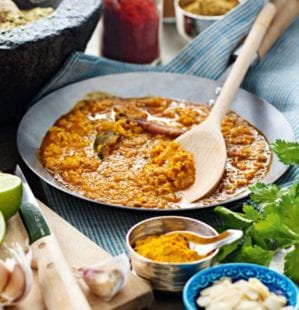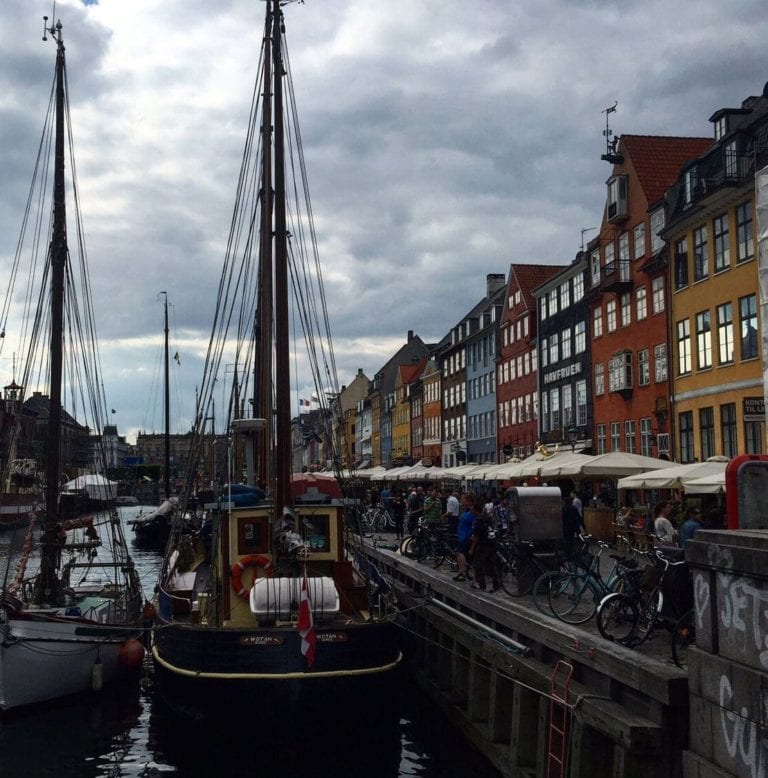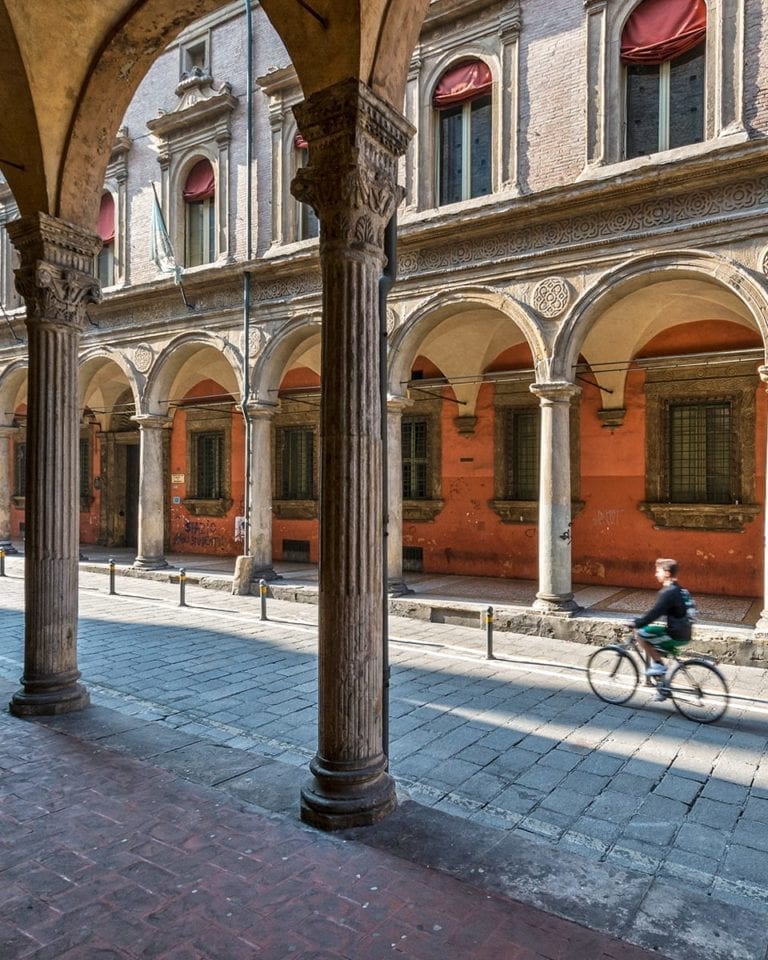Where to eat in Sri Lanka
The food in Sri Lanka is too good. Back in England after our journey through this continent-in-miniature, I suffered withdrawal symptoms. All the food I’d known before seemed bland and boring in comparison.
Although the teardrop shaped island, just off the coast of India, packs in an array of eye-popping natural wonders, we soon discovered that Sri Lankan cuisine – fresh, spicy and colourful – is a spectacle in itself.
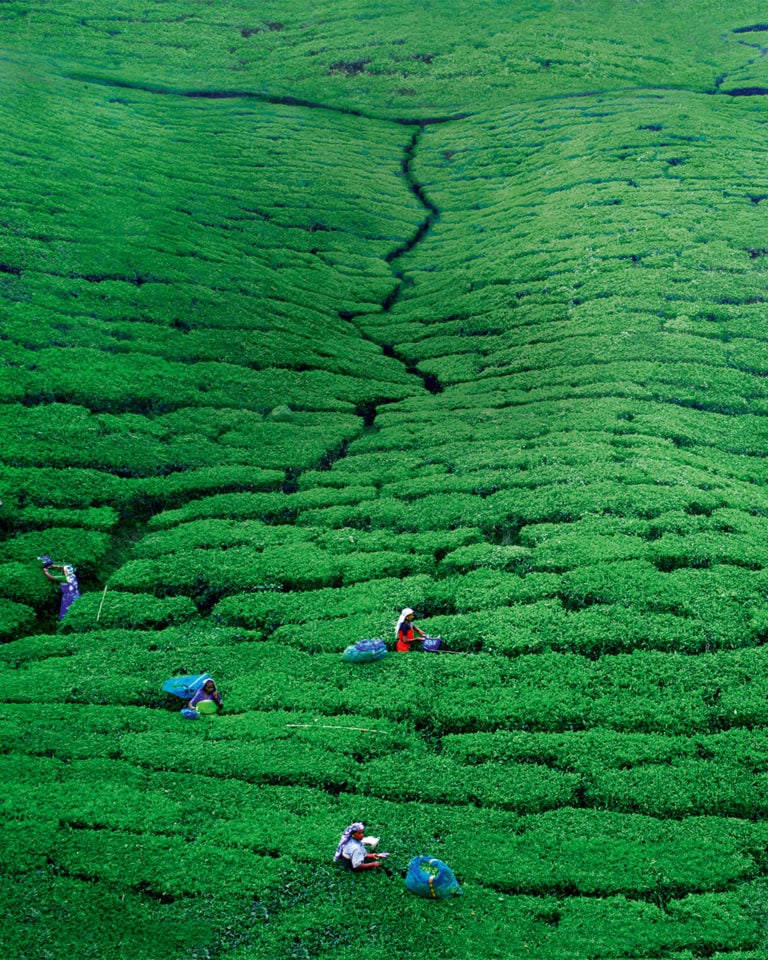
Rice, Kandy and short-eats
Our more-than-a-holiday-romance with Sri Lanka’s national dish, ‘rice and curry’, began on our first night in the country’s capital, Colombo, in Maniumpathy hotel. The rice, as its billing would suggest, gets pride of place in the centre of the table. What’s in the curries depends on what’s in season. That first night we had snake gourd, okra and star fruit, plus pork for the meat dish, along with a spiced side dish called a sambol (this was a fresh coconut version but other sambols include my favourite, bitter gourd).
Our ardour hadn’t cooled by morning. As well as breakfast curries of fish and creamy, coconutty potato, we had our first taste of hoppers. These are light, fermented rice pancakes, curved from the pan they’re made in and served with a fried egg on top for breakfast. Come in, egg on toast: your time is up…

Sri Lankans are also good at snacks. So good, they even have a village that mostly sells cashew nuts. Kajugama is halfway between Colombo and the big tourist draw of Kandy, the island’s spiritual heart. Harvested in April, the young nuts, our kindly guide Sudarshan explained, are great in – what else – curry. We bought a bag of spiced cashews and moved on, snacking happily.
My lingering visual memory of Kandy is a dusk walk to the Sacred Tooth Temple with huge fruit bats darkening the sky like a squadron of Draculas. My abiding food memory is of fish buns. We had them in an order of ‘short eats’ from Devon Restaurant (Dalada Vidiya), fluffy buns with a centre of fiery hot fish paste. Short eats are brown, mainly deep-fried roadside snacks. According to Sudarshan, “We invented them so you can carrying on drinking longer.” Respect to that.

Kandy was also our first glimpse of the wonders of Sri Lanka’s food markets. In the Central Market we marvelled at the tropical fruit, including the island’s 12 varieties of banana. The sweet smells of papaya and watermelon mingled with the gas-leak whiff of acquired-taste durian fruit in an olfactory melée.
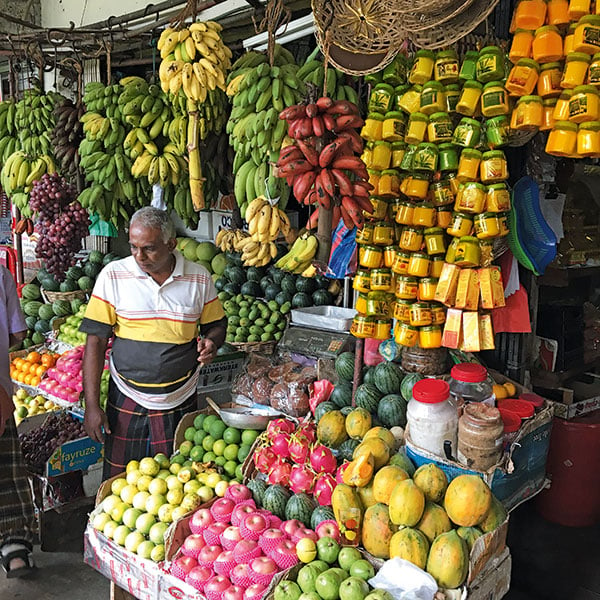
Any for tea country?
After Kandy we rose higher along a colonial-era road into tea country, where rolling hills are carpeted with tea bushes, creating a landscape whose beauty belies the harsh working conditions for the Tamil women who toil under the sun, plucking the new-growth leaves.
After a fiery cabbage curry at a hole-in-the-wall near the train station, a tea-country train journey from Nuwara Eliya to Bandarawela gave us views of soaring peaks. Our destination, Dutch House, made breakfast a revelation: string hoppers (rice noodles) with dhal, and an egg curry that rendered anything else we ate that day an also-ran.
At Dutch House we decided that the region’s king product, strong, dark Ceylon tea (branded with the island’s British-colonial name), is a top partner for spicy food. The tea industry employs 3.5 million of the island’s 20 million population, and Ceylon is in the tea world’s premier league (it’s not all dark stuff either).

Pulling up at Dambatenne Tea Factory, built by Sir Thomas Lipton in 1890, we were hit by the aroma of the drying leaves. Inside we learned how they’re processed and sorted by leaf condition and quality. ‘Whole’ is the top end of condition, ‘dust’ the lowest. But broken leaves of high quality can be worth more than poor-quality whole leaves. It’s a complex business, as we realised when we watched a wholesale buyer tasting, approving and rejecting as the manager looked on anxiously.
Into the wild
Stocked up with tea from the Mlesna Tea Centre (Welimada Road, Bandarawela), we headed south towards Udawalawe National Park, home to myriad wildlife including hundreds of elephants.
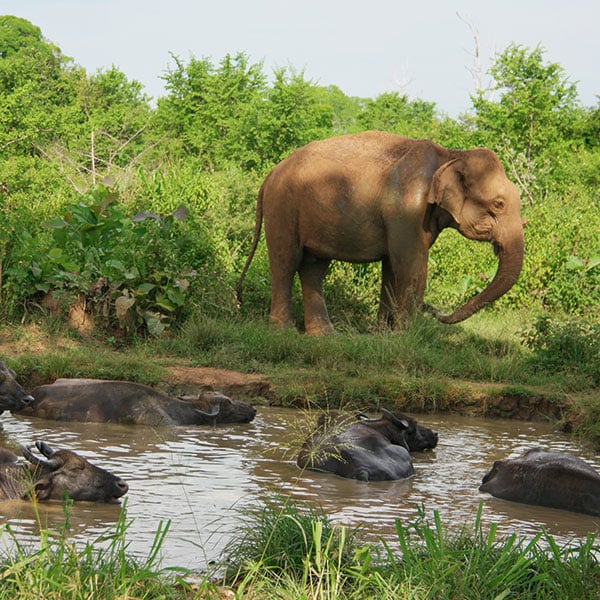
As the road descended and the temperature climbed, the landscape turned wild. In this area, the fish, mainly tilapia, comes from the rivers and is often served in deep-fried chunks. That’s how we enjoyed it at Kalu’s Hideaway, where we were also introduced to scrumptious kiribath rice, cooked in coconut milk. The region is famous for its fresh, creamy buffalo curd, too. Drizzled with a little local palm syrup it makes a great dessert.
Further south we stopped at the Mulgirigala temple, sculpted into rocks, where monkeys frolicking in a water tank were as much of a spectacle as the Buddhas within. The monkeys were angling after the sponge cakes we’d bought at the sprawling Embilipitiya market, but they never got a sniff…
Finally we reached the south coast. At Three Sisters, a villa near Matara, we’d walk down onto a deserted white-sand beach each morning, returning for lunches of coconut rotis, cutlets (fishcakes) and wonderful spicy deep-fried sprats.
Along the coast we saw tuna drying in the sun, men hauling in the catch and the fishing stilts that are vestiges of a dying tradition. When we stopped at a random café for lunch, the all-knowing Sudarshan said, “I don’t know it but it looks good.” It was one of the best rice-and-curries of the trip. In Galle Fort, the town’s colonial centre, afternoon tea in the posh Amangalla hotel had the feel of being in a 1980s Duran Duran video – in a good way.

Finally our journey took us back to Colombo, where we joined a tour with food obsessive Mark Forbes . “My friends refuse to come to the restaurants I take tourists to,” he joked as we plodded down a mud road near the vast Pettah market. We’d only eaten Sinhalese food up to that point, but Mark introduced us to Tamil and Muslim cuisines (the former is a little spicier and heavier than Sinhalese cuisine, the latter is perhaps more like what Brits would recognise as curry).
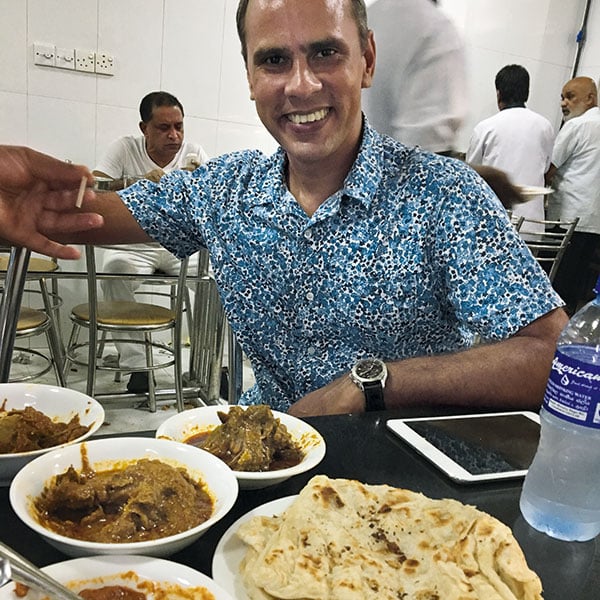
On our last day in Colombo we gazed at the sunset over the rolling Indian Ocean waves on the patio of the Galle Face Hotel, gin and tonics in hand. It was yet another great Sri Lankan spectacle, but a nagging thought distracted me – was there time for one more curry before the airport…?
Les travelled with Experience Travel Group (020 3468 6268; experience travelgroup.com). A 14-night (mostly B&B) tour with guide and all activities costs from £3,825pp including flights.
Subscribe to our magazine
Food stories, skills and tested recipes, straight to your door... Enjoy 5 issues for just £5 with our special introductory offer.
Subscribe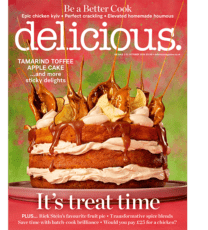
Unleash your inner chef
Looking for inspiration? Receive the latest recipes with our newsletter
